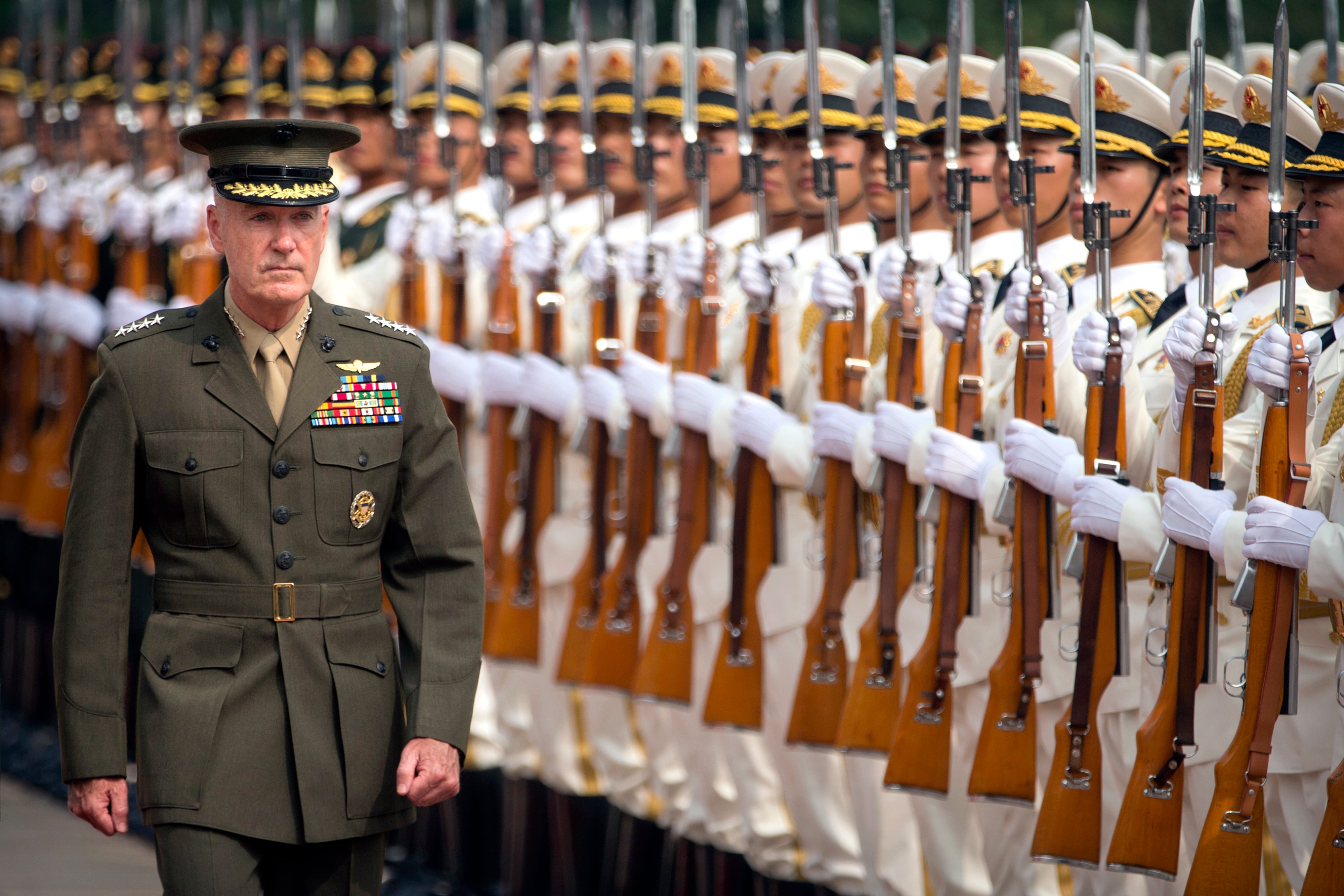The Pentagon, for the first time, has publicly reported what commanders in the Pacific have known about, and kept a wary eye on, for some time: China is practicing long-range bombing runs against U.S. targets.
While the Defense Department annually reports on the rapid growth in capabilities of China’s air, land and sea forces, the 2018 report is the first to acknowledge the direct threat to U.S. territory.
Recent developments on China’s H-6K variant of its Badger bomber give the bomber “the capability to carry six land-attack cruise missiles, giving the PLA a long-range standoff precision strike capability that can range Guam,” the report said. It also acknowledged frequent bombing practice runs that U.S. commanders at the newly renamed U.S. INDOPACOM in Hawaii have watched expand in numbers and distance.
RELATED

During a trip to the command last October, defense officials described to Military Times the frequent incursions to test Guam’s air-defense zone as one of the many changes in China’s behavior in the Pacific that create worry. Compared to North Korea, which officials said they still view as “a fight we can win,” with China they “worry about the way things are going."
The $716 billion defense budget for FY2019 is largely focused on getting U.S. forces ready again for a great power fight, with investments in new fighters, bombers and ships to keep the U.S. at pace with — and ahead of — the Chinese investments.
“The PLA has been developing strike capabilities to engage targets as far away from China as possible. Over the last three years, the PLA has rapidly expanded its overwater bomber operating areas, gaining experience in critical maritime regions and likely training for strikes against U.S. and allied targets,” the 2018 report found.
More worrisome, the report found, “the PLA Air Force has been re-assigned a nuclear mission. The deployment and integration of nuclear-capable bombers would, for the first time, provide China with a nuclear “triad” of delivery systems dispersed across land, sea and air.”
The unclassified version of the annual report to Congress on China’s military and security developments was released Thursday; a separate classified version was also prepared for the Hill.
The Pentagon emphasized that even as it is monitoring and re-calibrating its own defense strategies and investment priorities to be prepared for a potential great power fight in the future with China, “the Department of Defense’s objective is to set the military relationship between our two countries on a path of transparency and non-aggression," the report said.
For years the U.S. has reported on the closing gap between U.S. and Chinese capabilities. The Chinese air force totaled more than 2,700 aircraft in 2018 and, of those, 2,000 were combat aircraft. More than 600 of those combat aircraft were 4th-generation fighters and the country is rapidly fielding its fifth generation J-20 and FC-31 jets, the report said.
Tara Copp is a Pentagon correspondent for the Associated Press. She was previously Pentagon bureau chief for Sightline Media Group.








